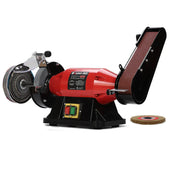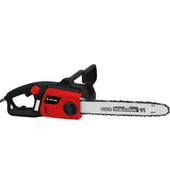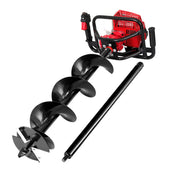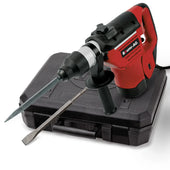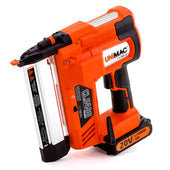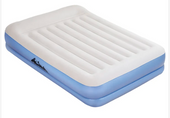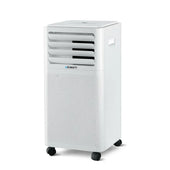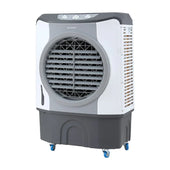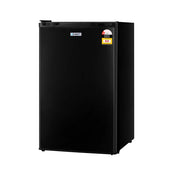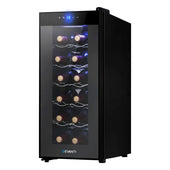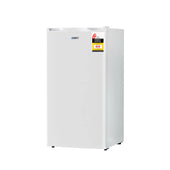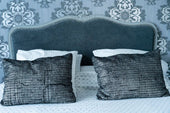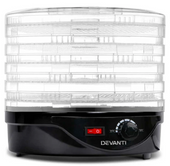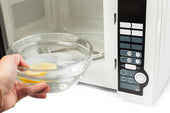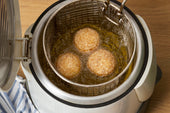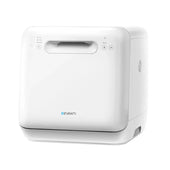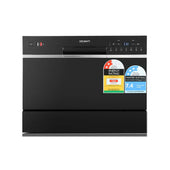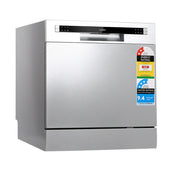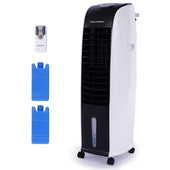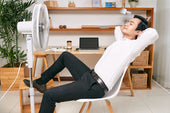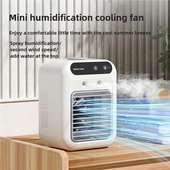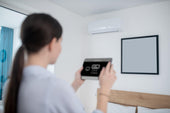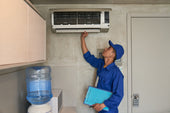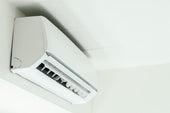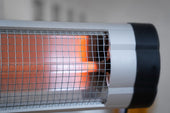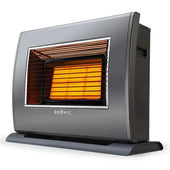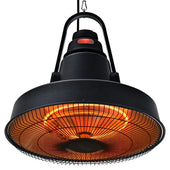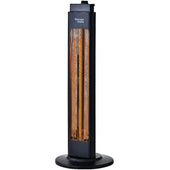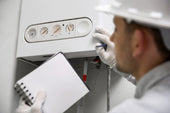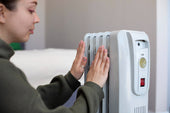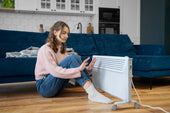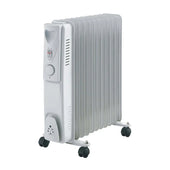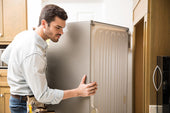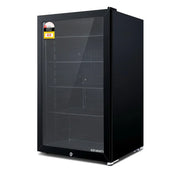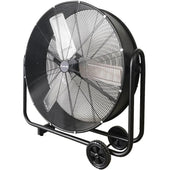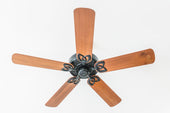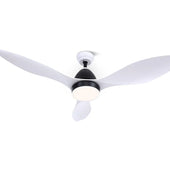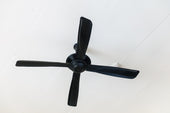Introduction to Air Humidifiers
An air humidifier is a household device designed to regulate and maintain optimal humidity levels in indoor spaces. It works by releasing moisture into the air, which helps to counteract dryness caused by heating systems, air conditioning, or arid climates. Proper humidity levels can improve comfort, reduce health issues like dry skin or irritated sinuses, and even protect furniture and wooden floors from cracking.
Air humidifiers come in various types, including:
- Cool mist humidifiers: Using ultrasonic or evaporative technology to disperse cool water vapour.
- Warm mist humidifiers: Boiling water to create warm steam.
- Hybrid models: Offering both options for diverse needs.
Their versatility suits homes, offices, and healthcare settings.
Understanding How Air Humidifiers Work
Air humidifiers operate by adding moisture to the air through various mechanisms, depending on the type of device. Most models work by converting water into fine mist or vapour that gets dispersed into the environment. These devices usually use one of the following methods:
- Evaporative Humidifiers: These rely on a fan to blow air through a wet wick, allowing the water to evaporate naturally and humidify the air.
- Ultrasonic Humidifiers: They use high-frequency vibrations to break water into microscopic particles, releasing a cool mist.
- Steam Vapourisers: These boil water to produce steam that cools before entering the air.
Proper maintenance ensures efficient performance.
Types of Air Humidifiers: Choosing the Right One
Air humidifiers come in various types, each suited to specific needs. Understanding the differences can help in making an informed choice.
- Ultrasonic Humidifiers: These use ultrasonic vibrations to create a fine mist, offering quiet operation ideal for nurseries and bedrooms.
- Evaporative Humidifiers: Relying on a fan to blow air through a wet wick, these are self-regulating and suitable for regulating humidity efficiently.
- Steam Vapourisers: Boiling water to release steam, these are effective but may pose burn risks, particularly for homes with children.
- Cool Mist Humidifiers: Designed to disperse cool water mist, they are ideal for warm climates, providing relief for respiratory ailments.
- Central Humidifiers: Installed directly into the home’s HVAC system, these are best for maintaining consistent humidity levels across large spaces.
Each type serves diverse environments and purposes.
Importance of Indoor Air Quality
Indoor air quality plays a crucial role in maintaining overall health and well-being. Poor air quality can lead to respiratory issues, allergies, and skin irritation. At During Days, we recognise that contaminants like dust, pet dander, and mould spores can exacerbate asthma and other chronic conditions. Moreover, dry indoor air often contributes to problems such as dry skin, nosebleeds, and irritated eyes.
Improved indoor air quality fosters better sleep and enhances productivity. Good humidity levels can also prolong the lifespan of furniture, wooden flooring, and musical instruments by preventing cracking or warping. Ensuring clean, balanced air indoors creates a healthier and more comfortable living environment for all occupants.
Health Benefits of Using Air Humidifiers
Air humidifiers offer numerous health advantages by improving indoor air quality. Proper humidity levels aid in alleviating dry skin, cracked lips, and irritated nasal passages, particularly during colder months. By adding moisture to the air, humidifiers help reduce symptoms of respiratory issues, such as asthma or allergies, and ease congestion caused by colds or the flu.
Maintaining an optimal humidity level can also minimise the survival of airborne viruses, creating a healthier living environment. Improved air hydration supports better sleep by relieving discomfort from dryness, including snoring. Additionally, preventing overly dry air may protect vocal cords and soothe sore throats for those predisposed to irritation.
Impact on Skin and Hair Health
Low humidity levels can lead to dryness in the skin and scalp, causing irritation, flaking, and itchiness. An air humidifier helps maintain optimal moisture in the air, aiding in skin hydration and promoting elasticity. It prevents the excessive loss of moisture from the skin barrier, reducing instances of cracks, redness, and tightness.
For hair, increased humidity levels counteract dryness that can make hair brittle and prone to breakage. It helps maintain the natural sheen and softness of hair by combating frizz and static electricity. Regular use of an air humidifier often results in healthier skin and more manageable hair.
Air Humidifiers for Better Sleep and Relaxation
Air humidifiers can create a soothing environment conducive to better sleep and relaxation by addressing factors that cause discomfort during rest. When indoor air is too dry, it can lead to issues such as nasal congestion, dry throat, and itchy skin, which disrupt sleep patterns. By adding moisture to the air, a humidifier helps to alleviate these symptoms, making sleeping more comfortable.
Benefits for Sleep and Relaxation:
- Eases Respiratory Discomfort: Moist air can help reduce snoring caused by dry nasal passages and throat irritation.
- Promotes Skin Comfort: Prevents the skin from becoming overly dry or itchy.
- Enhances Calmness: The gentle hum of certain humidifiers can function as white noise, promoting tranquillity.
For individuals seeking restorative rest, using an air humidifier may substantially improve the quality of sleep and relaxation.
Reducing Allergy and Asthma Symptoms
Using an air humidifier can alleviate allergy and asthma symptoms by maintaining optimal indoor humidity levels. Dry air can irritate the respiratory system, exacerbating conditions like asthma and making allergens more pronounced. Proper humidity levels, generally between 30-50%, help to keep nasal passages and airways hydrated, reducing irritation and making breathing more comfortable.
A humidifier can also prevent airborne allergens such as dust and pollen from remaining suspended, as the added moisture causes them to settle. Furthermore, it can soothe dry, itchy skin often triggered by low humidity, which is a common secondary issue for allergy sufferers.
Protecting Your Home and Furniture from Dry Air
Dry air can have detrimental effects on both your home and the furniture within it. Wooden furniture, flooring, and instruments, such as pianos and guitars, are susceptible to cracking and warping when exposed to low humidity levels. A humidifier introduces moisture into the air, balancing the indoor humidity and helping to prevent these damages.
Signs dry air harms your interiors include:
- Cracks in wooden items or flooring.
- Loosened joints in furniture.
- Shrinking or splitting of wood surfaces.
Maintaining humidity levels between 40-60% reduces these risks. Additionally, it protects wallpaper from peeling, prevents static electricity build-up, and keeps paint from flaking. Proper humidification is essential for protecting your home’s overall integrity.
Energy Efficiency and Cost-Effectiveness of Humidifiers
Humidifiers are designed to balance energy efficiency and functionality, offering environmental and financial benefits. Advances in technology have led to the development of energy-efficient models that operate with minimal electricity consumption.
Key factors that influence energy efficiency include the type of humidifier (ultrasonic, evaporative, or steam) and the size of the unit relative to the space. Ultrasonic humidifiers are generally more energy-efficient due to their reliance on high-frequency sound vibrations instead of heat.
Cost-effectiveness arises from their ability to complement heating systems. By adding moisture to the air, they allow heaters to maintain warmth at lower settings, effectively reducing energy bills, especially during cold months.
Things to Consider When Buying an Air Humidifier
When selecting an air humidifier, it is essential to evaluate the size of the space to ensure adequate coverage. Room size compatibility is one of the key factors in determining efficiency. Buyers should also examine the type of humidifier, such as ultrasonic, evaporative, or steam-based, depending on their preferences and health concerns.
Checking for a model with adjustable humidity controls can provide flexibility to maintain an optimal moisture level. Features like ease of cleaning, water tank capacity, and energy efficiency are equally vital for convenience and cost-effectiveness. Additionally, noisy units may disrupt the environment, so noise levels matter significantly.
Maintenance Tips for Optimal Humidifier Performance
Maintaining an air humidifier ensures its effectiveness and longevity. Regular cleaning is essential to prevent mould and bacteria build-up. Users should wash the water tank and base with mild soap at least once a week. Filters need to be replaced as recommended by the manufacturer, as clogged filters can hinder performance.
Using distilled or demineralised water can minimise mineral deposits, which could otherwise affect output quality or leave white dust. It is crucial to empty the water reservoir daily to avoid stagnant water. Checking for leaks or unusual noises ensures early detection of issues. Proper maintenance improves air quality and extends device life.
Potential Risks and Precautions to Consider
Using an air humidifier can bring several benefits, but it is essential to consider potential risks and take appropriate precautions.
Risks:
- Over-humidification: Excessive moisture can promote mould and mildew growth, which might lead to respiratory issues and damage to walls or furniture.
- Health Concerns: Poor maintenance may allow bacteria and fungi to grow in the water tank, releasing harmful particles into the air.
- Electric Hazard: Improper handling, especially near water sources, may pose electric risks.
- Mineral Deposits: Using tap water can result in white dust build-up from minerals dispersing into the air.
Precautions:
- Monitor Humidity Levels: Keep indoor humidity between 30-50% with a hygrometer.
- Regular Cleaning: Clean the humidifier weekly to prevent bacteria growth.
- Use Distilled Water: Distilled water reduces mineral residue and airborne particles.
- Proper Placement: Position the humidifier safely, avoiding direct contact with electronics or outlets.
Making the Most of Your Air Humidifier
To maximise the benefits of an air humidifier, proper usage and maintenance are essential. Placement is key; positioning the device in the centre of a room allows for even moisture distribution. Regular cleaning is critical to prevent the build-up of mould, bacteria, or mineral deposits. Users should follow the manufacturer's instructions and employ distilled or demineralised water to minimise impurities.
Optimal humidity levels range between 30% and 50%, so using a hygrometer ensures accurate monitoring. Running the humidifier only when needed helps conserve energy and water. Regular filter replacement, where applicable, keeps the device functioning efficiently.



